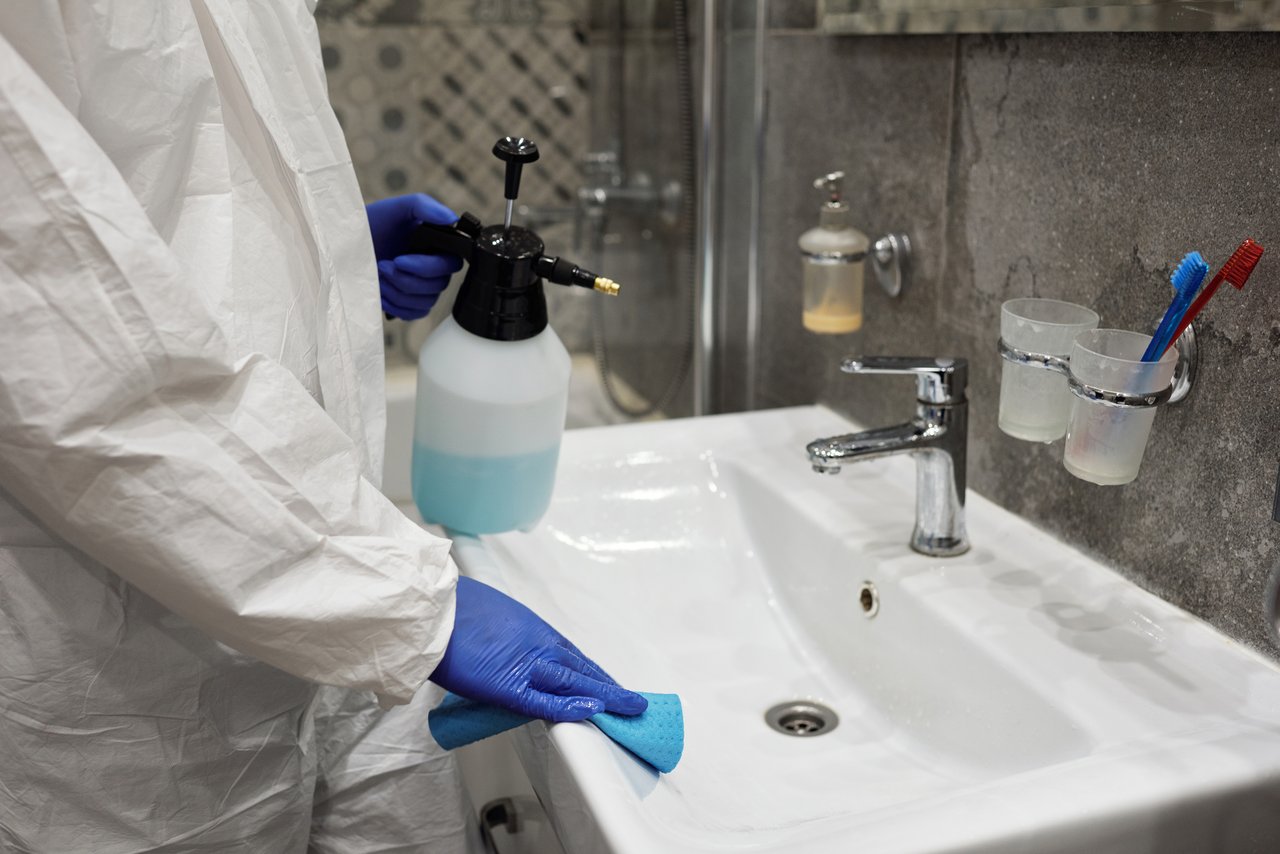1. Vinegar and Baking Soda Method
If you're dealing with a clogged kitchen sink, look no further than your pantry for a quick and easy solution. Vinegar and baking soda are two household ingredients that can work wonders when it comes to unclogging your drain. The combination of these two ingredients creates a powerful chemical reaction that can break down and dissolve any debris or blockages in your pipes.
To use this method, start by pouring a pot of boiling water down your drain to loosen up any gunk that may be causing the clog. Next, pour half a cup of baking soda down the drain, followed by one cup of vinegar. The mixture will start to fizz and bubble, which is a good sign that it's working. Let it sit for 10-15 minutes before pouring another pot of boiling water down the drain. This should help to clear out any remaining debris and leave your drain running smoothly again.
2. Plunger Method
If you have a plunger handy, it can be a useful tool for unclogging your kitchen sink. Simply fill the sink with enough water to cover the head of the plunger, and then place it over the drain. Pump the plunger up and down vigorously to create suction and dislodge any blockages in the pipes. This method may take a few tries, but it can be very effective in removing stubborn clogs.
3. Boiling Water Method
The simplest and most straightforward method for unclogging a kitchen sink is to pour a pot of boiling water down the drain. This works best for minor clogs caused by grease or food particles. The hot water will help to break down and dissolve any build-up, allowing it to flow freely down the drain. For best results, repeat this method a few times until the water drains smoothly.
4. Salt and Hot Water Method
If your kitchen sink is clogged due to a build-up of grease or fats, using salt and hot water can help to break down the blockage. Start by pouring half a cup of salt down the drain, followed by a pot of boiling water. The hot water will melt the grease, while the salt will act as an abrasive to help scrub the inside of the pipes clean. Repeat this method a few times until the drain is clear.
5. Wet and Dry Vacuum Method
If you have a wet and dry vacuum, it can be a useful tool for unclogging your kitchen sink. Set the vacuum to the wet setting and cover the vent to create suction. Place the hose over the drain and turn it on. The vacuum should suck out any debris or blockages, allowing the water to flow freely again. This method works best for larger items that may be stuck in the drain, such as food scraps or small utensils.
6. Drain Snake Method
A drain snake, also known as a plumber's snake, is a long, flexible tool that can be inserted into your pipes to dislodge and remove any clogs. To use this method, insert the snake into the drain and turn it clockwise to push it through the pipes. When you encounter resistance, twist the snake to help break up the clog. Continue until you feel the snake move freely through the pipes, then flush the drain with hot water to clear out any remaining debris.
7. Dish Soap and Hot Water Method
Dish soap is a great degreaser and can be very effective in breaking down and removing clogs caused by grease or fats. Start by pouring a pot of boiling water down the drain, followed by a few tablespoons of dish soap. Let it sit for a few minutes before rinsing with hot water. This method may need to be repeated a few times for stubborn clogs.
8. Hydrogen Peroxide and Baking Soda Method
For tougher clogs, a combination of hydrogen peroxide and baking soda can help to break down and dissolve any blockages. Mix one cup of baking soda with one cup of hydrogen peroxide and pour it down the drain. Let it sit for 20-30 minutes before flushing with hot water. This method can be very effective in removing built-up gunk and debris in your pipes.
9. Caustic Soda Method
Caustic soda, also known as sodium hydroxide, is a powerful chemical that can be used to unclog drains. However, it should be used with caution as it can cause burns and damage to your pipes if not handled properly. To use this method, mix one cup of caustic soda with three cups of cold water and pour it down the drain. Let it sit for 20 minutes before flushing with hot water. Be sure to wear gloves and protective eyewear when handling caustic soda.
10. Enzyme Drain Cleaner Method
If you prefer a more natural approach to unclogging your kitchen sink, you can try using an enzyme drain cleaner. These products contain natural enzymes that break down and dissolve organic matter in your pipes. Simply pour the recommended amount down the drain and let it sit for a few hours or overnight. Flush with hot water to clear out any remaining debris.
With these 10 methods, you can easily unclog your kitchen sink using items you likely already have at home. Remember to always take caution when handling chemicals and to repeat the methods as necessary until the clog is completely cleared. By keeping your drains clean and clear, you can prevent future clogs and maintain a smoothly running kitchen sink.
The Power of Vinegar: A Natural Solution for Unclogging Your Kitchen Sink
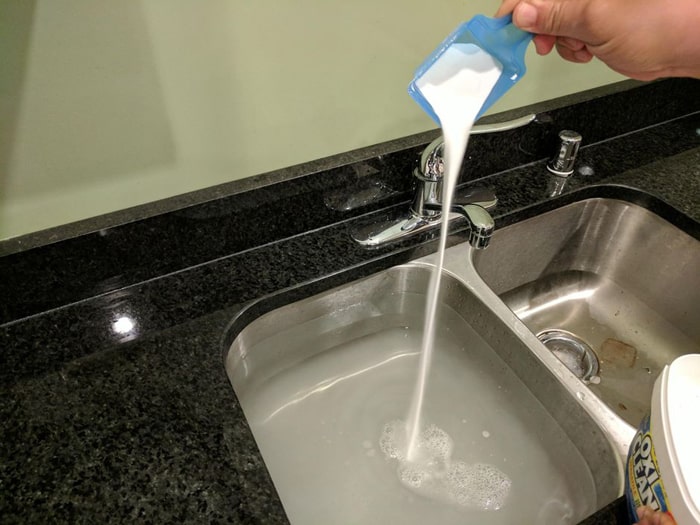
The Frustration of a Clogged Sink
 Dealing with a clogged kitchen sink is a common household annoyance that can disrupt your daily routine. Whether it's a buildup of food particles, grease, or even hair, a clogged sink can cause slow drainage, unpleasant odors, and even water backups. Many people turn to harsh chemical drain cleaners to solve the problem, but these products can be harmful to both your health and the environment. Fortunately, there is a natural and effective solution that you may already have in your pantry –
vinegar
.
Dealing with a clogged kitchen sink is a common household annoyance that can disrupt your daily routine. Whether it's a buildup of food particles, grease, or even hair, a clogged sink can cause slow drainage, unpleasant odors, and even water backups. Many people turn to harsh chemical drain cleaners to solve the problem, but these products can be harmful to both your health and the environment. Fortunately, there is a natural and effective solution that you may already have in your pantry –
vinegar
.
Why Vinegar Works
:max_bytes(150000):strip_icc()/freshen-and-unclog-drain-with-baking-soda-1900466-22-bbf940b70afa4d5abef0c54da23b1d3f.jpg) Vinegar is a household staple that is often used in cooking and cleaning, but many people are unaware of its unclogging abilities. Vinegar contains acetic acid, which has the power to dissolve and break down many substances that can cause clogs in your kitchen sink. It is also a natural disinfectant, making it a safe and non-toxic alternative to chemical cleaners. Additionally, vinegar is affordable and readily available, making it a convenient solution for unclogging your kitchen sink.
Vinegar is a household staple that is often used in cooking and cleaning, but many people are unaware of its unclogging abilities. Vinegar contains acetic acid, which has the power to dissolve and break down many substances that can cause clogs in your kitchen sink. It is also a natural disinfectant, making it a safe and non-toxic alternative to chemical cleaners. Additionally, vinegar is affordable and readily available, making it a convenient solution for unclogging your kitchen sink.
The Unclogging Process
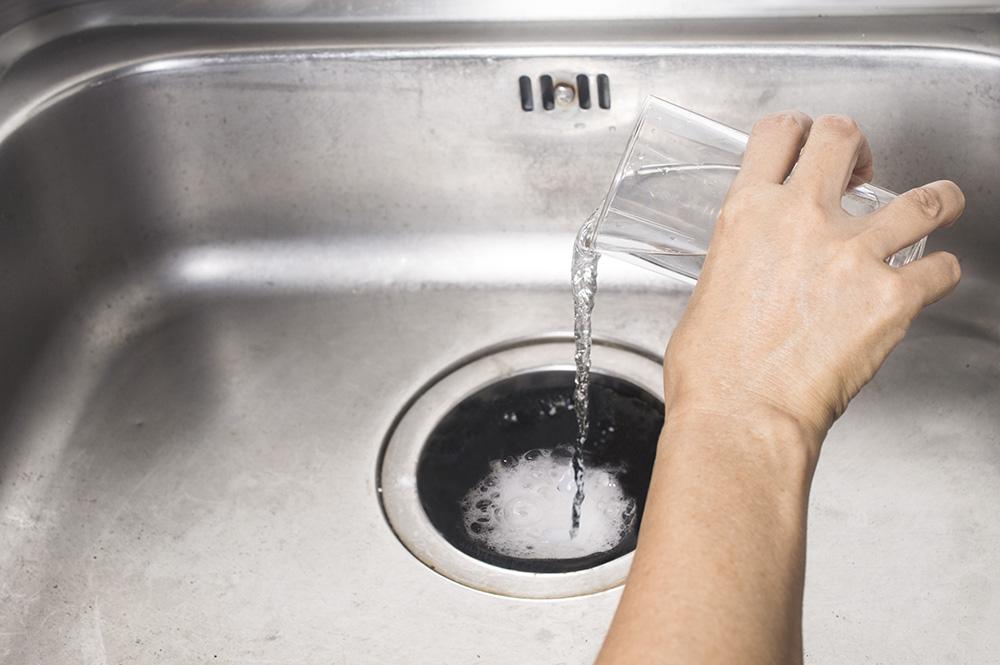 To use vinegar to unclog your kitchen sink, follow these simple steps:
1. Boil a pot of water on the stove.
2. Pour ½ cup of baking soda down the drain.
3. Follow with 1 cup of vinegar.
4. Let the mixture sit for 15 minutes.
5. Pour the boiling water down the drain to flush out the clog.
Featured keyword: vinegar down kitchen sink unclog
This process can be repeated if necessary, and can also be used as a preventative measure to keep your sink drains clear. You can also use vinegar in combination with other natural ingredients, such as salt and lemon juice, for a more powerful unclogging solution.
To use vinegar to unclog your kitchen sink, follow these simple steps:
1. Boil a pot of water on the stove.
2. Pour ½ cup of baking soda down the drain.
3. Follow with 1 cup of vinegar.
4. Let the mixture sit for 15 minutes.
5. Pour the boiling water down the drain to flush out the clog.
Featured keyword: vinegar down kitchen sink unclog
This process can be repeated if necessary, and can also be used as a preventative measure to keep your sink drains clear. You can also use vinegar in combination with other natural ingredients, such as salt and lemon juice, for a more powerful unclogging solution.
Maintaining a Healthy Drain
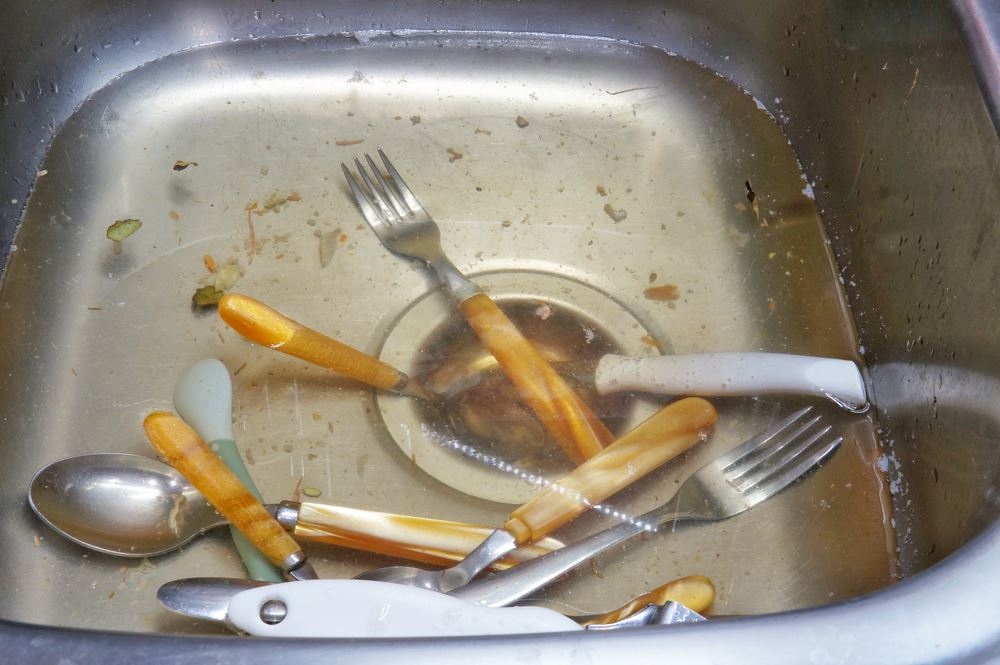 Aside from using vinegar to unclog your kitchen sink, there are other steps you can take to keep your drains clear and prevent future clogs. Avoid pouring grease, oils, and food scraps down the drain, and use a mesh strainer to catch any small particles that may cause clogs. Regularly flushing your drains with hot water can also help keep them clear.
Aside from using vinegar to unclog your kitchen sink, there are other steps you can take to keep your drains clear and prevent future clogs. Avoid pouring grease, oils, and food scraps down the drain, and use a mesh strainer to catch any small particles that may cause clogs. Regularly flushing your drains with hot water can also help keep them clear.
In Conclusion
 Main keyword: Vinegar down kitchen sink unclog
When it comes to unclogging your kitchen sink, vinegar is a natural and effective solution that is safe for both your family and the environment. With its powerful cleaning properties, vinegar can dissolve and break down clogs without the use of harsh chemicals. By incorporating vinegar into your regular cleaning routine, you can maintain healthy and clear drains in your kitchen. So next time you encounter a clogged sink, reach for the vinegar – your drains (and your wallet) will thank you.
Main keyword: Vinegar down kitchen sink unclog
When it comes to unclogging your kitchen sink, vinegar is a natural and effective solution that is safe for both your family and the environment. With its powerful cleaning properties, vinegar can dissolve and break down clogs without the use of harsh chemicals. By incorporating vinegar into your regular cleaning routine, you can maintain healthy and clear drains in your kitchen. So next time you encounter a clogged sink, reach for the vinegar – your drains (and your wallet) will thank you.



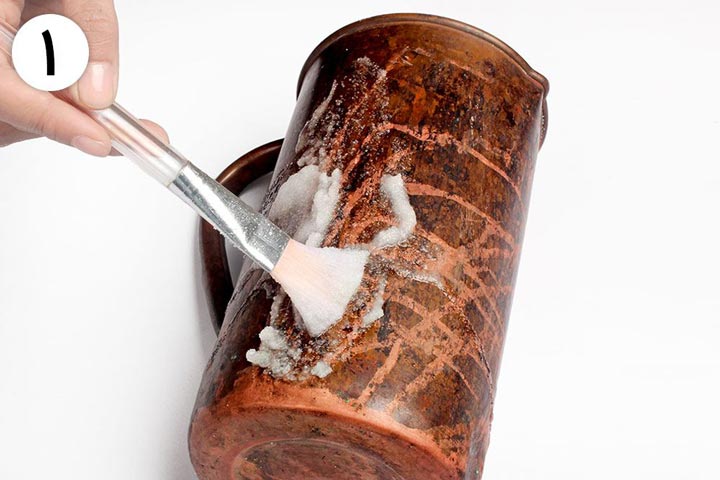



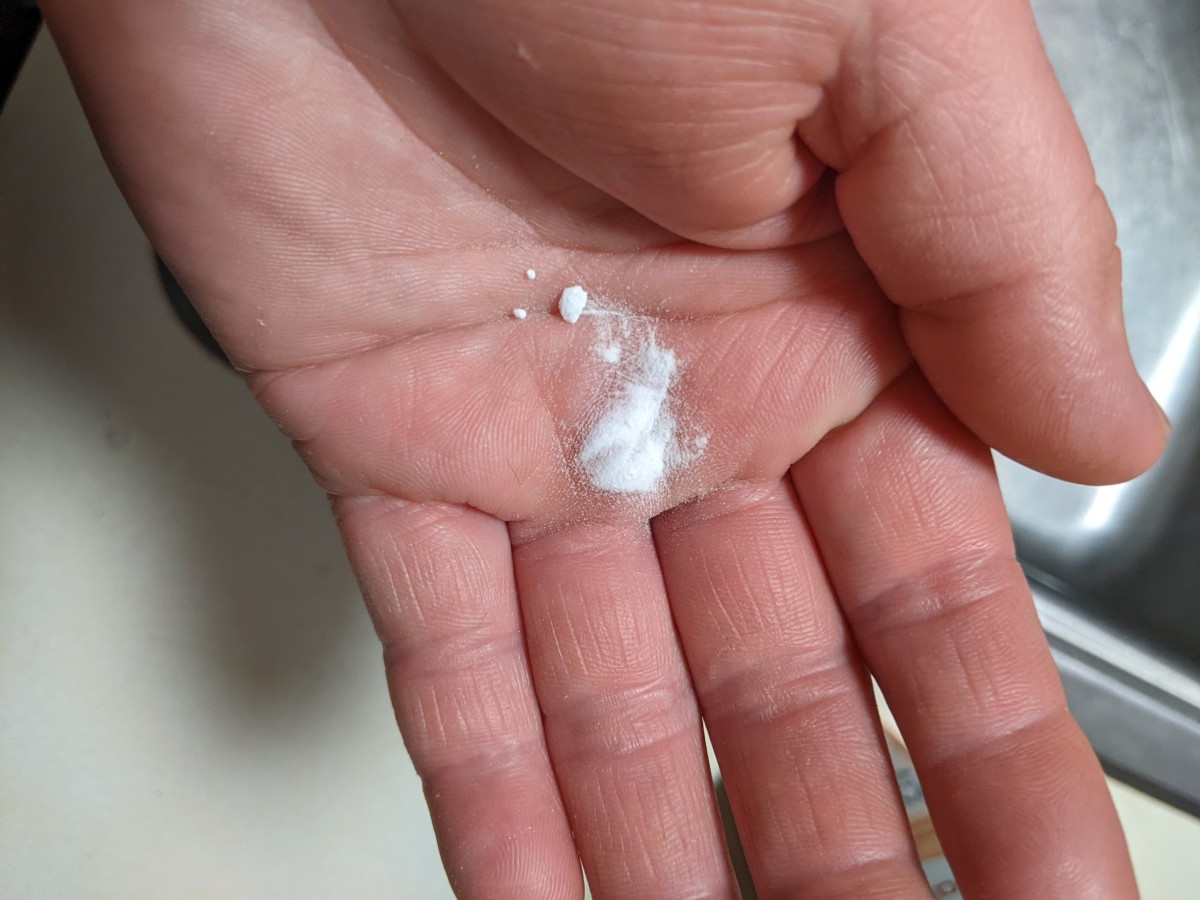



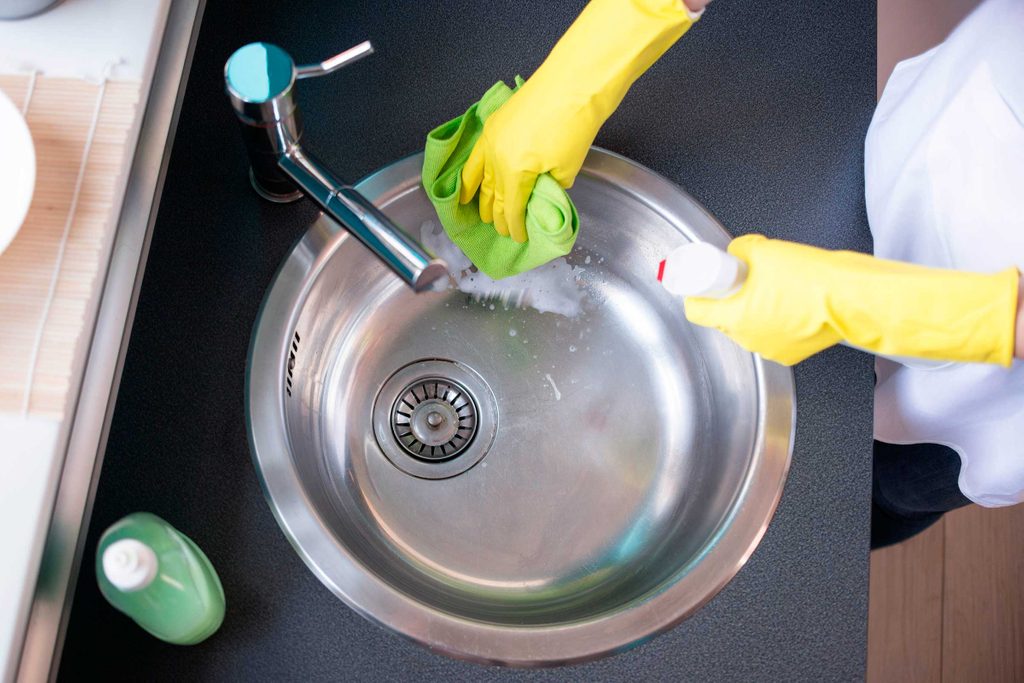




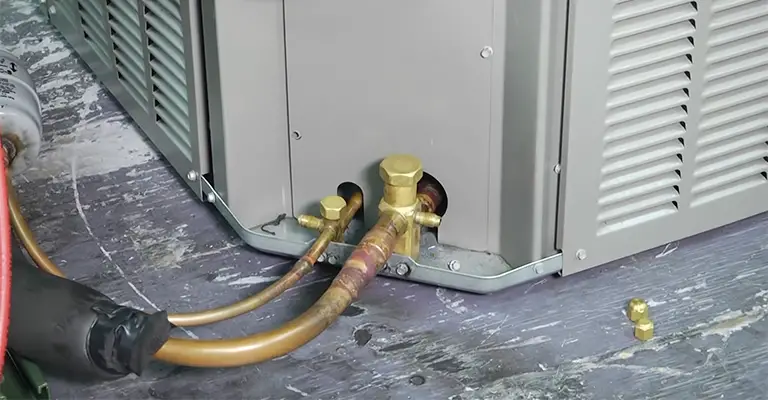
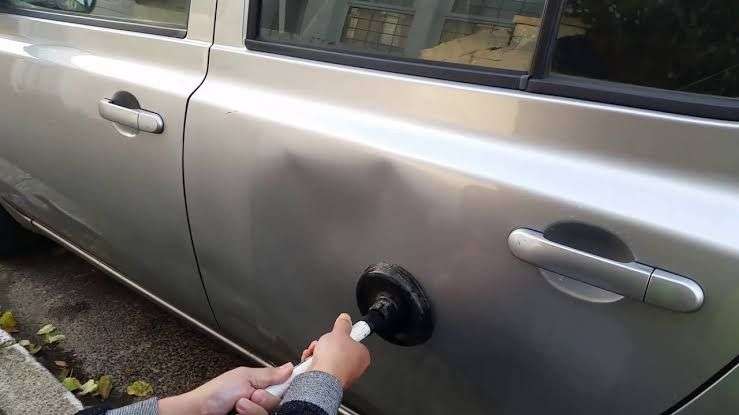



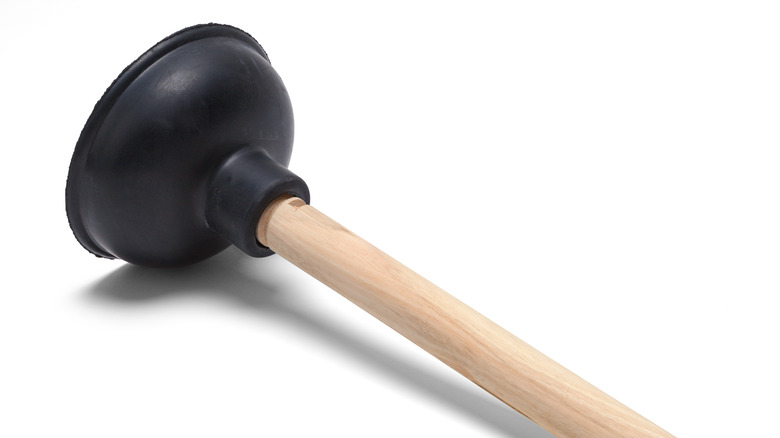



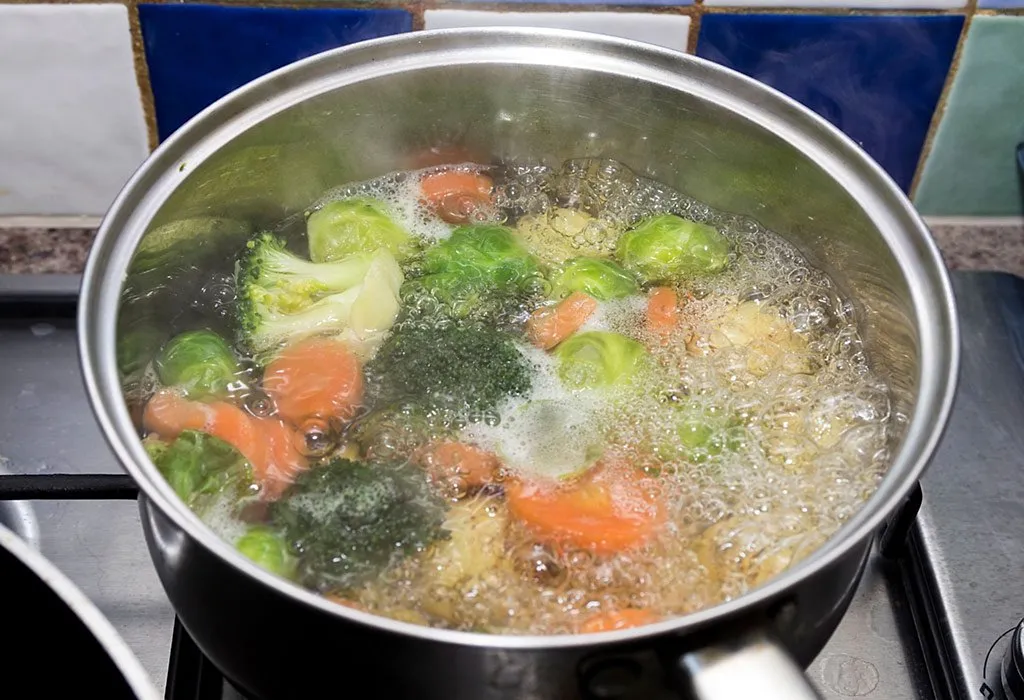
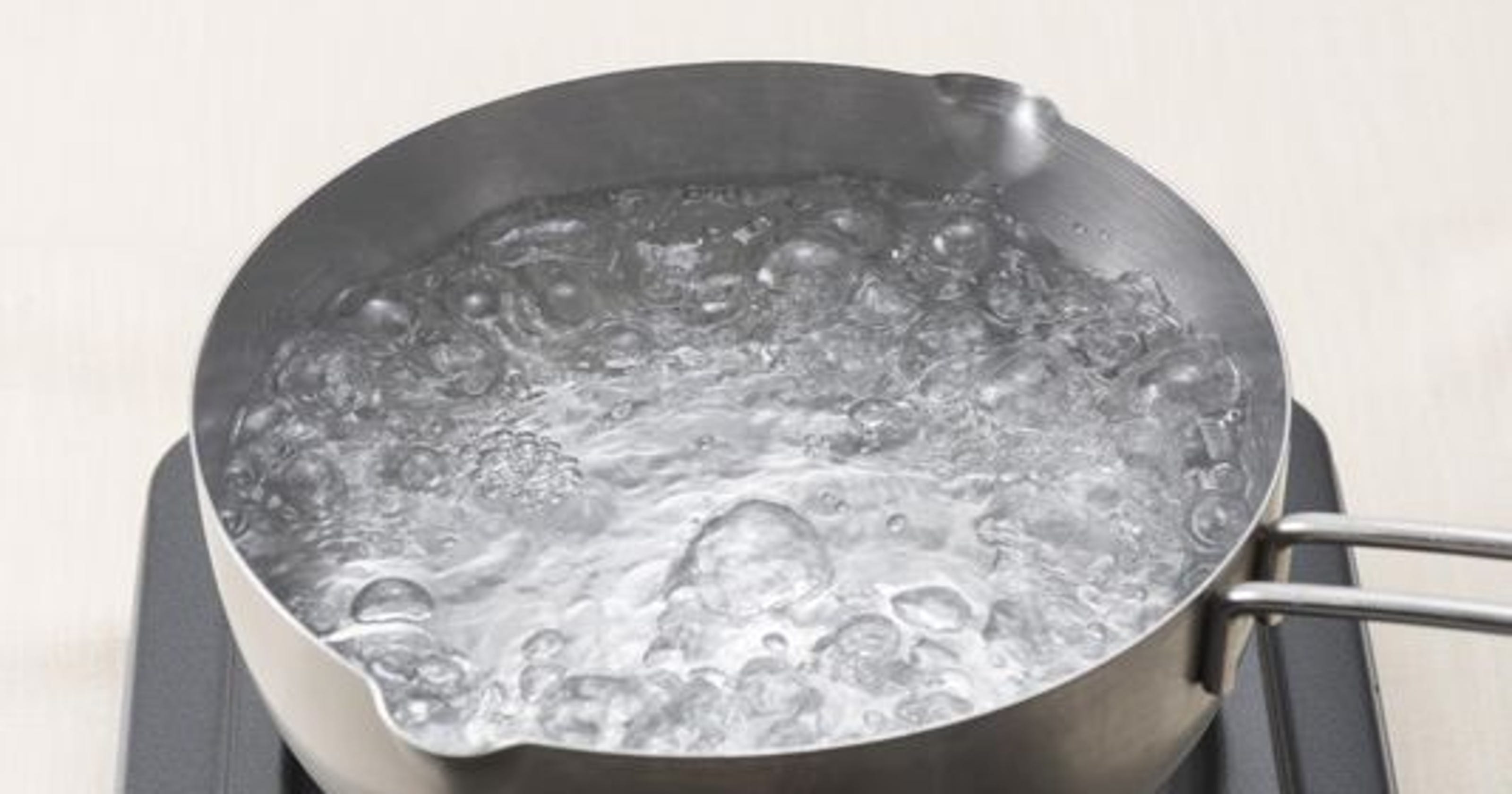
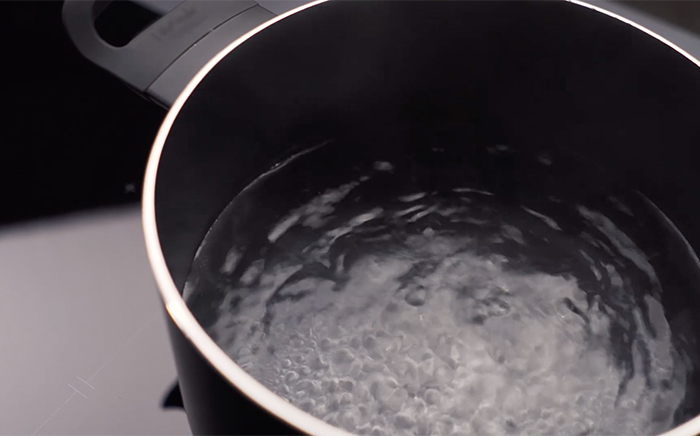
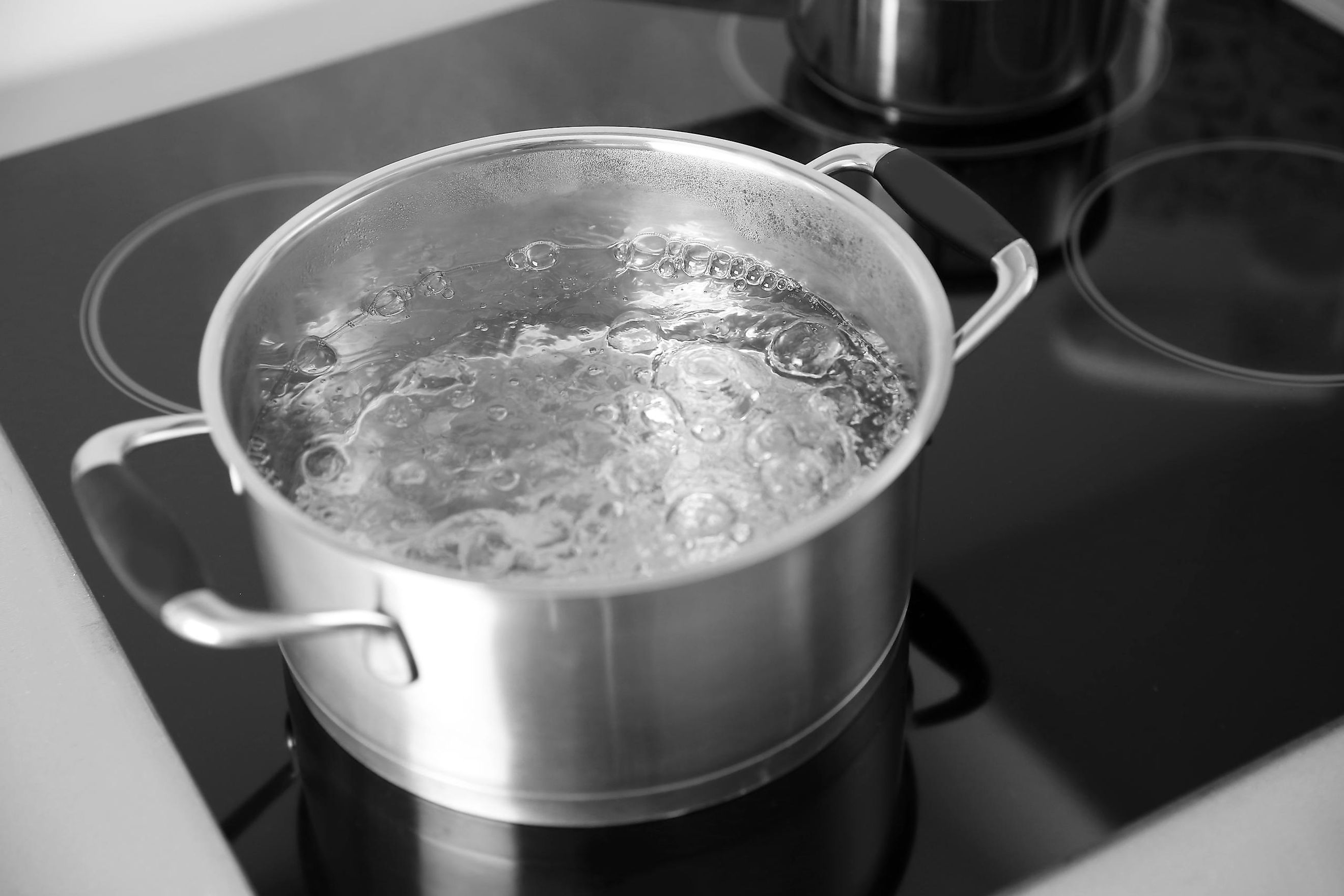
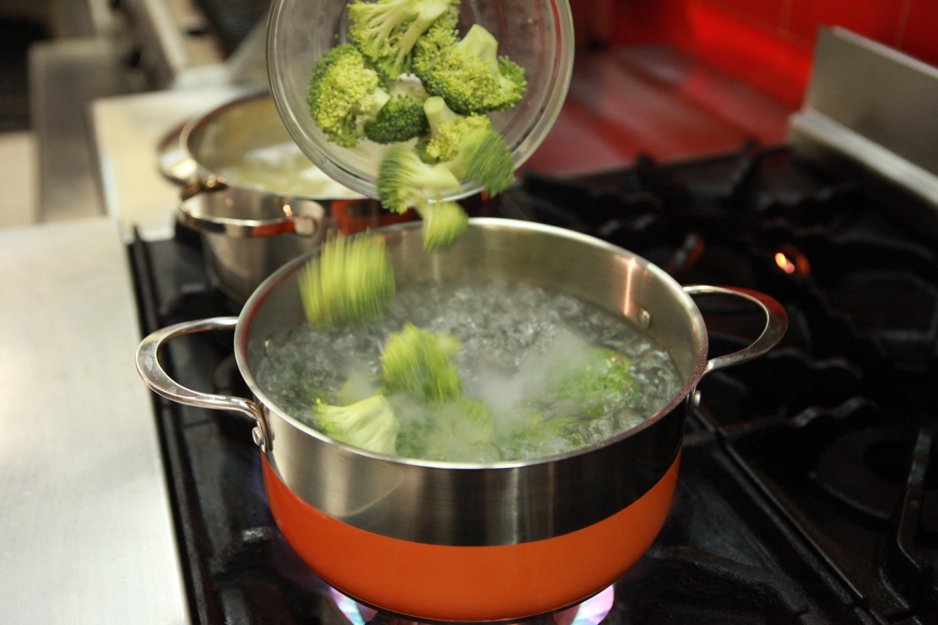








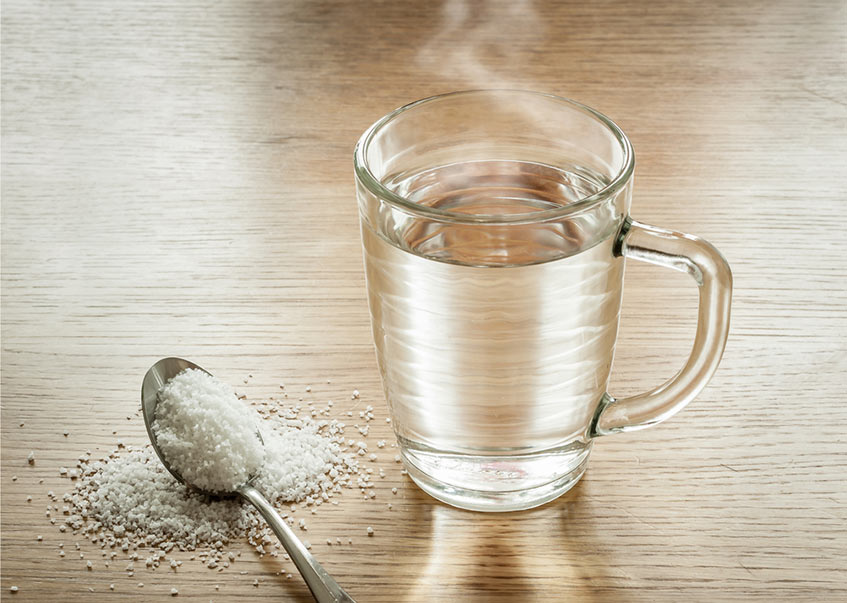


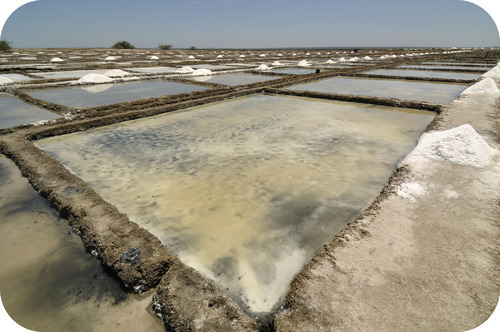



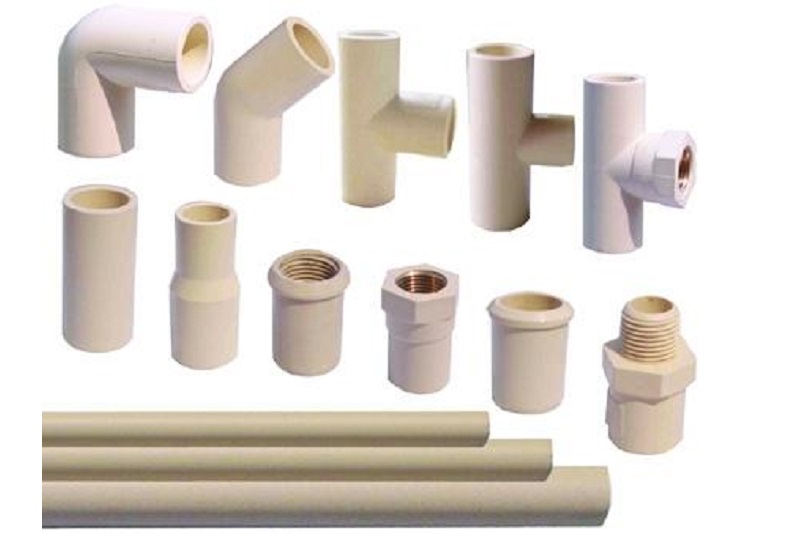








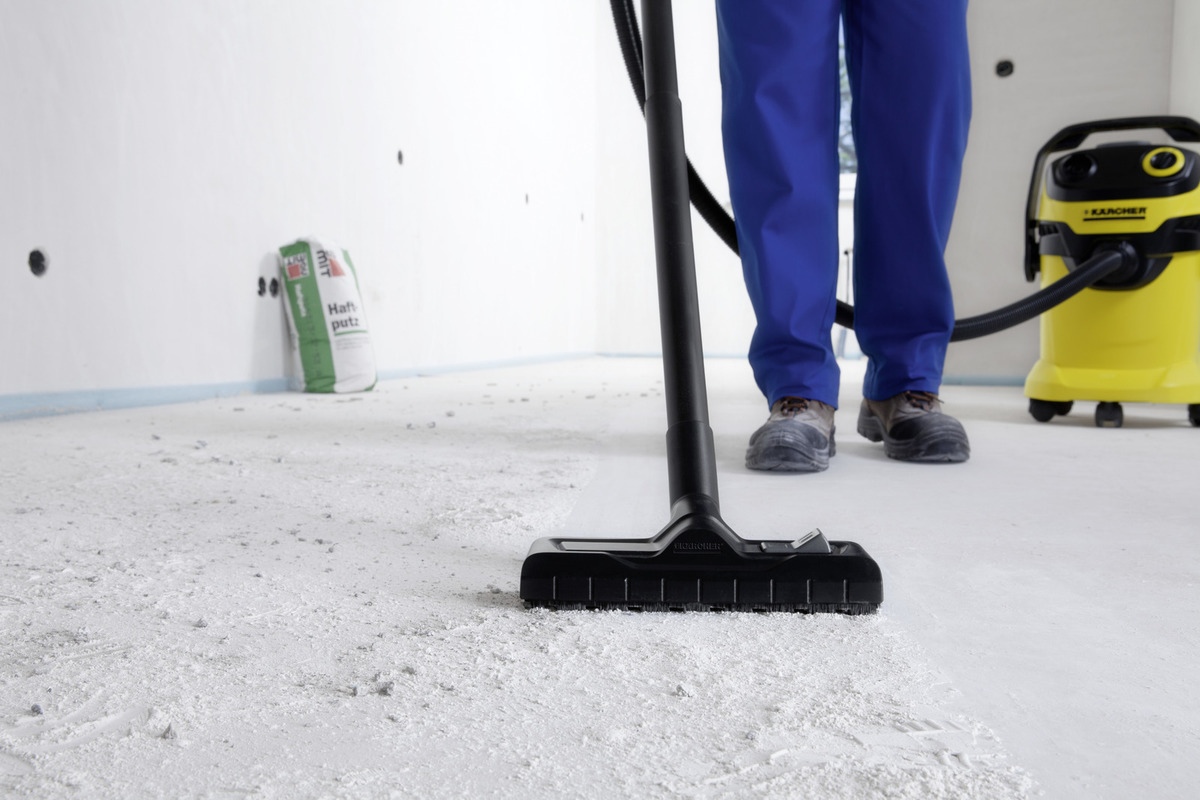




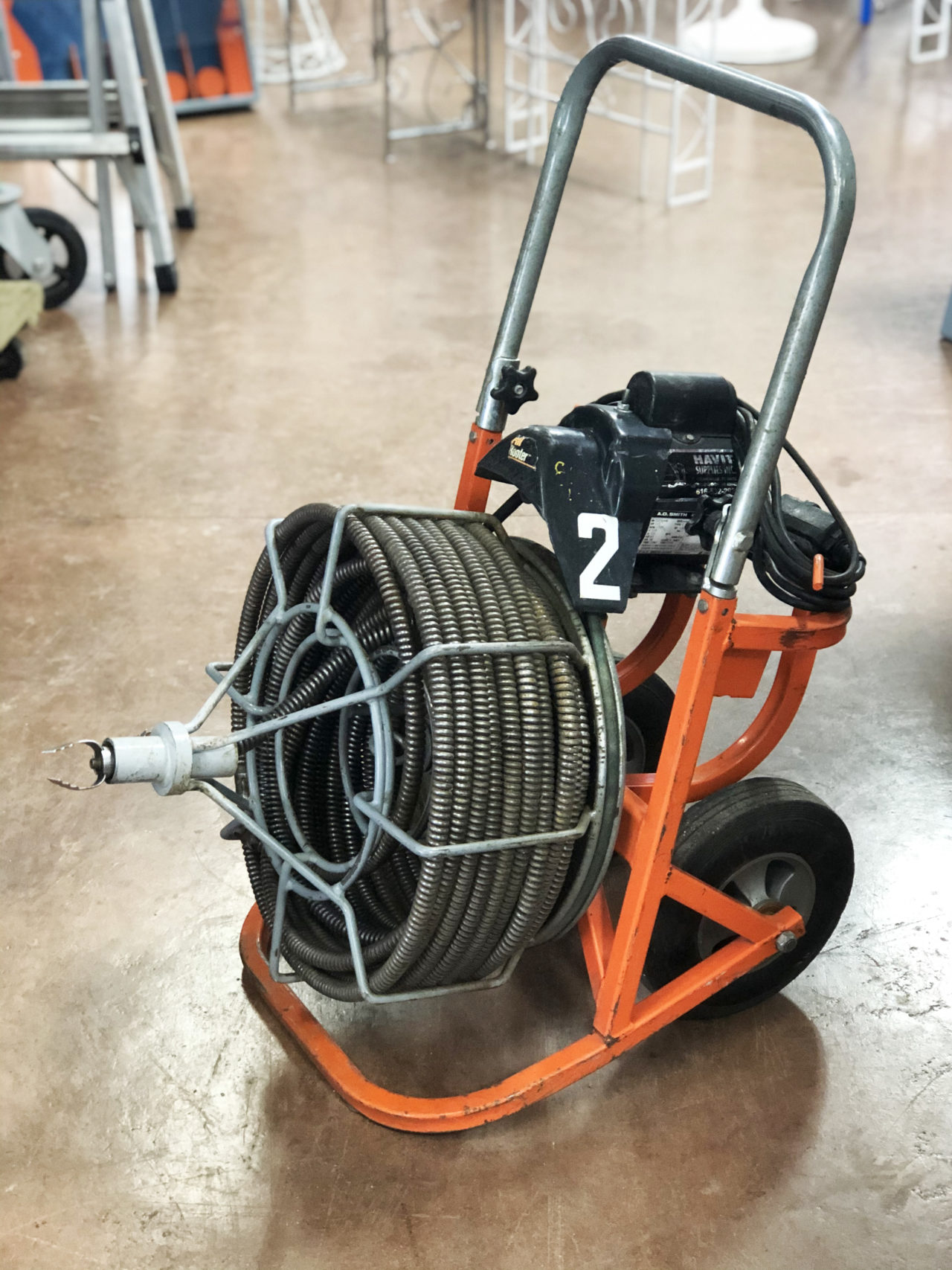



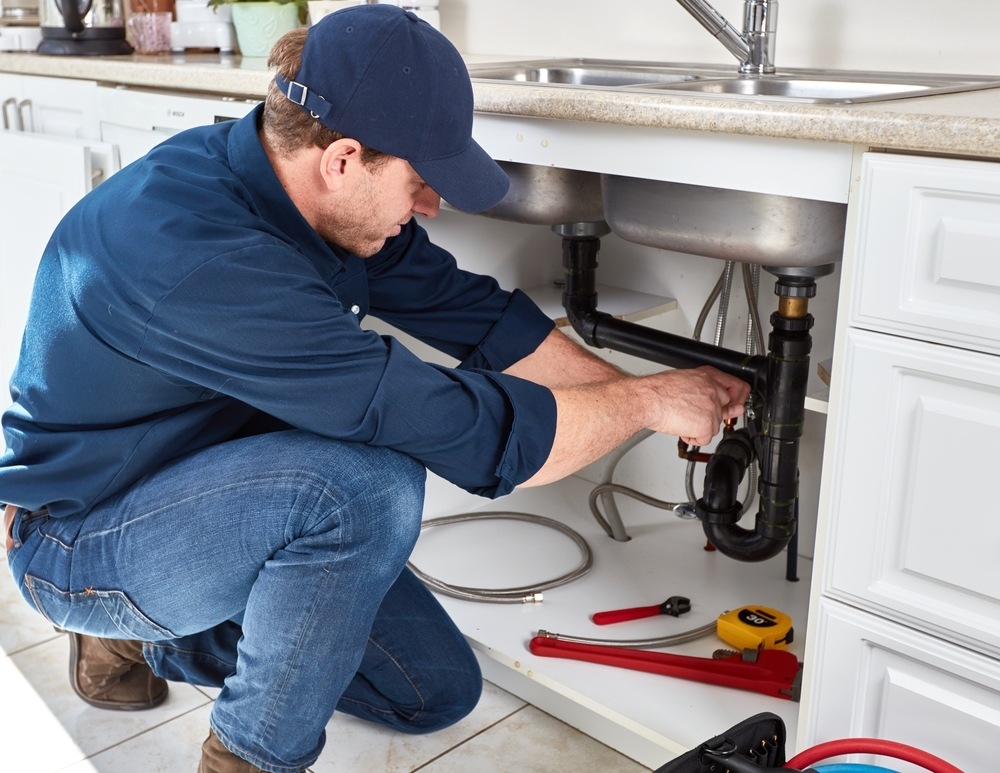








/GettyImages-80566571-5a1ca234aad52b00373338ff.jpg)

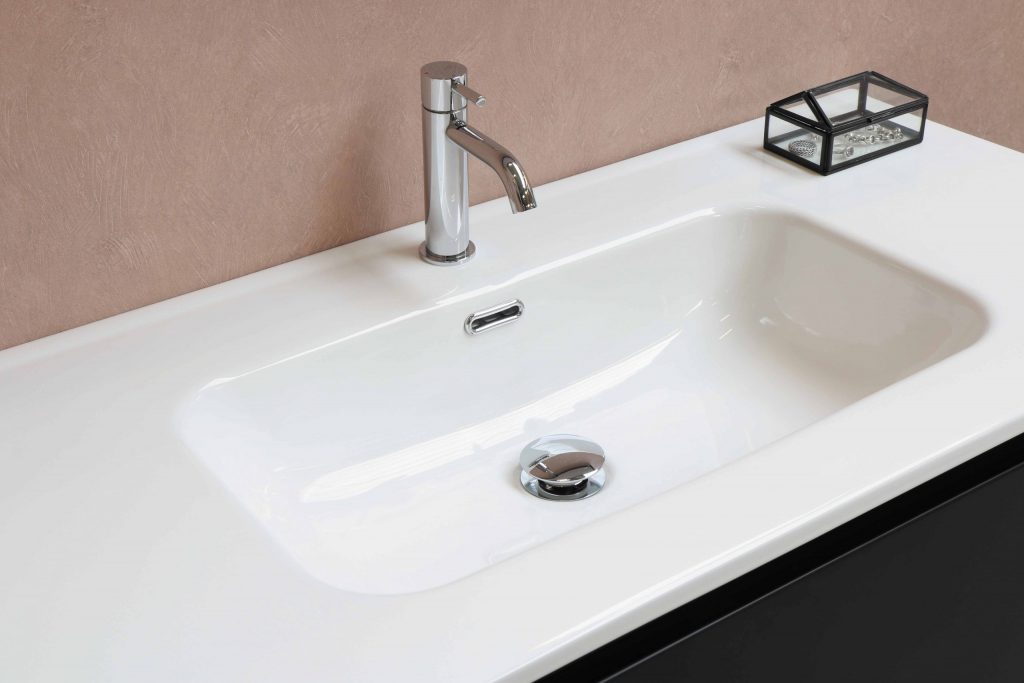



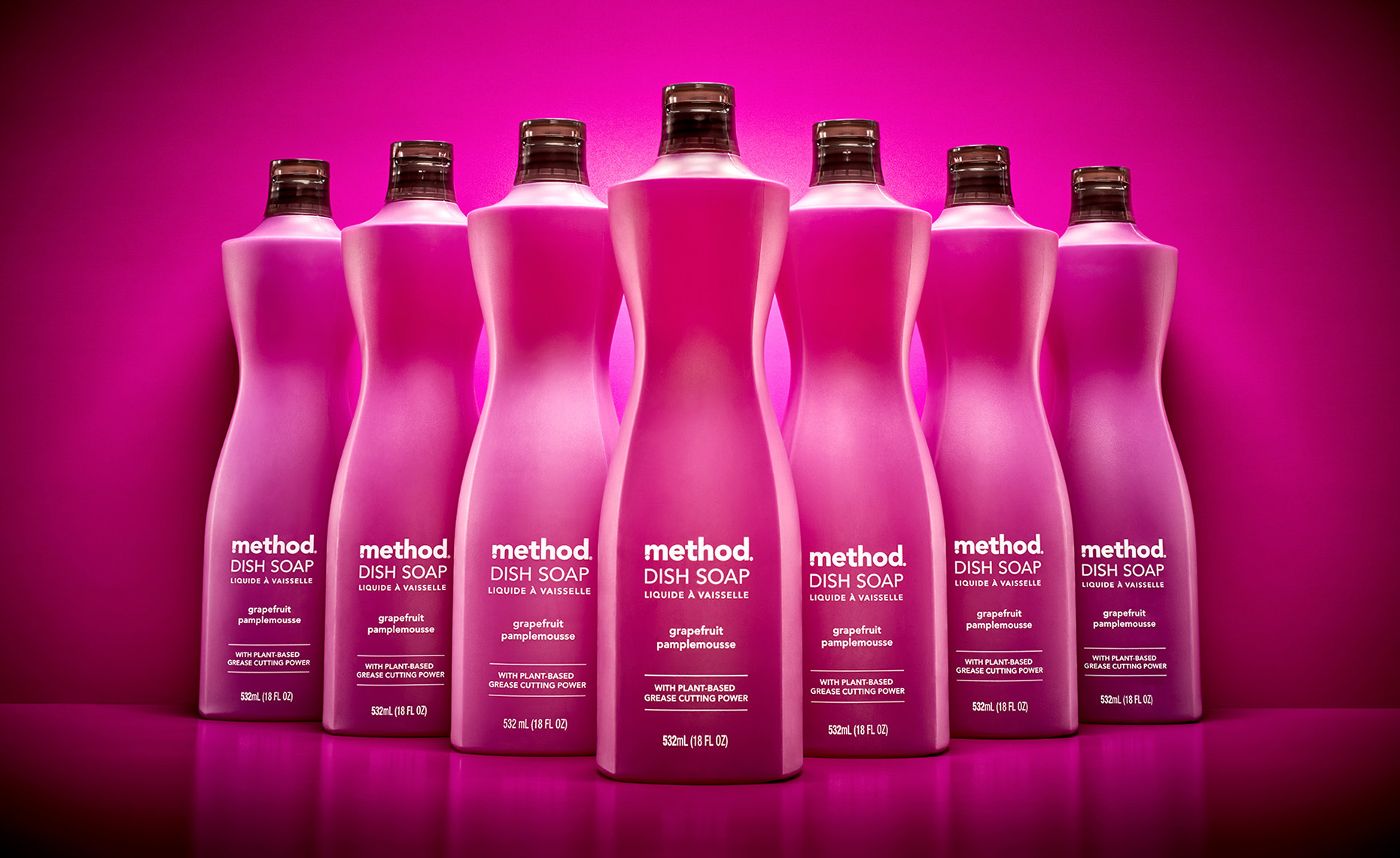
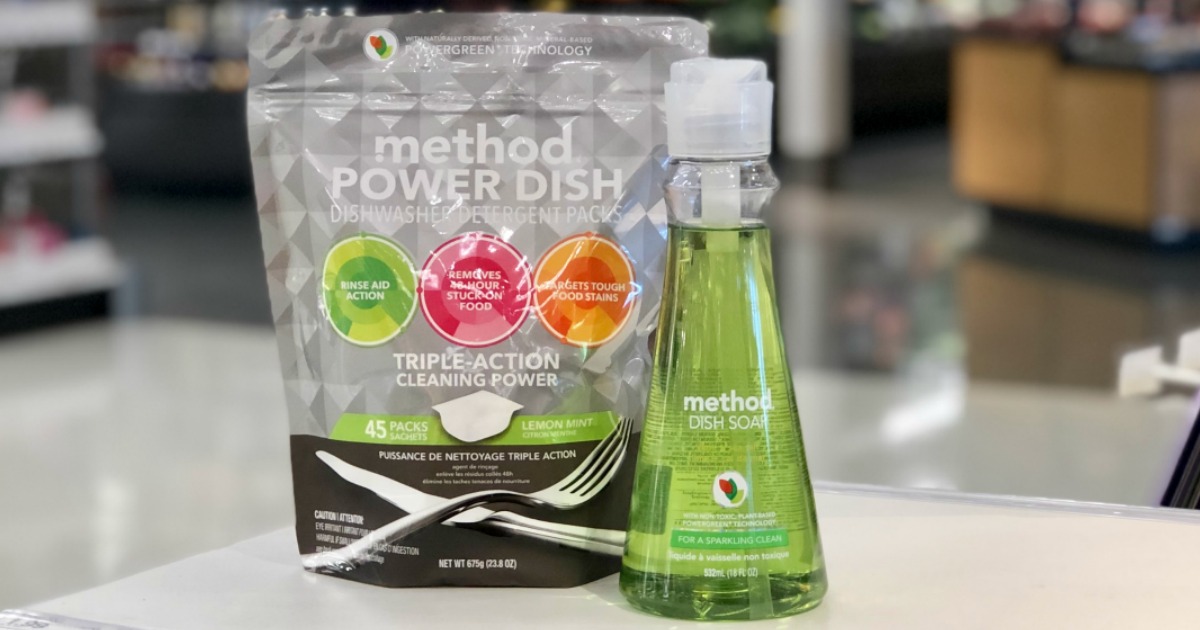
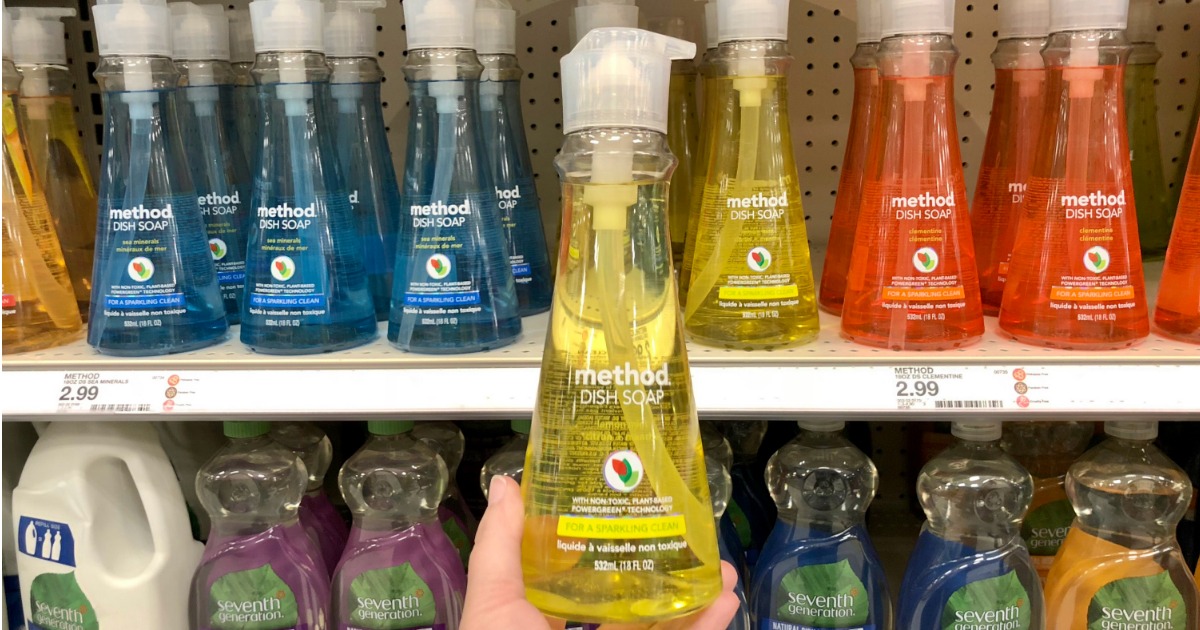
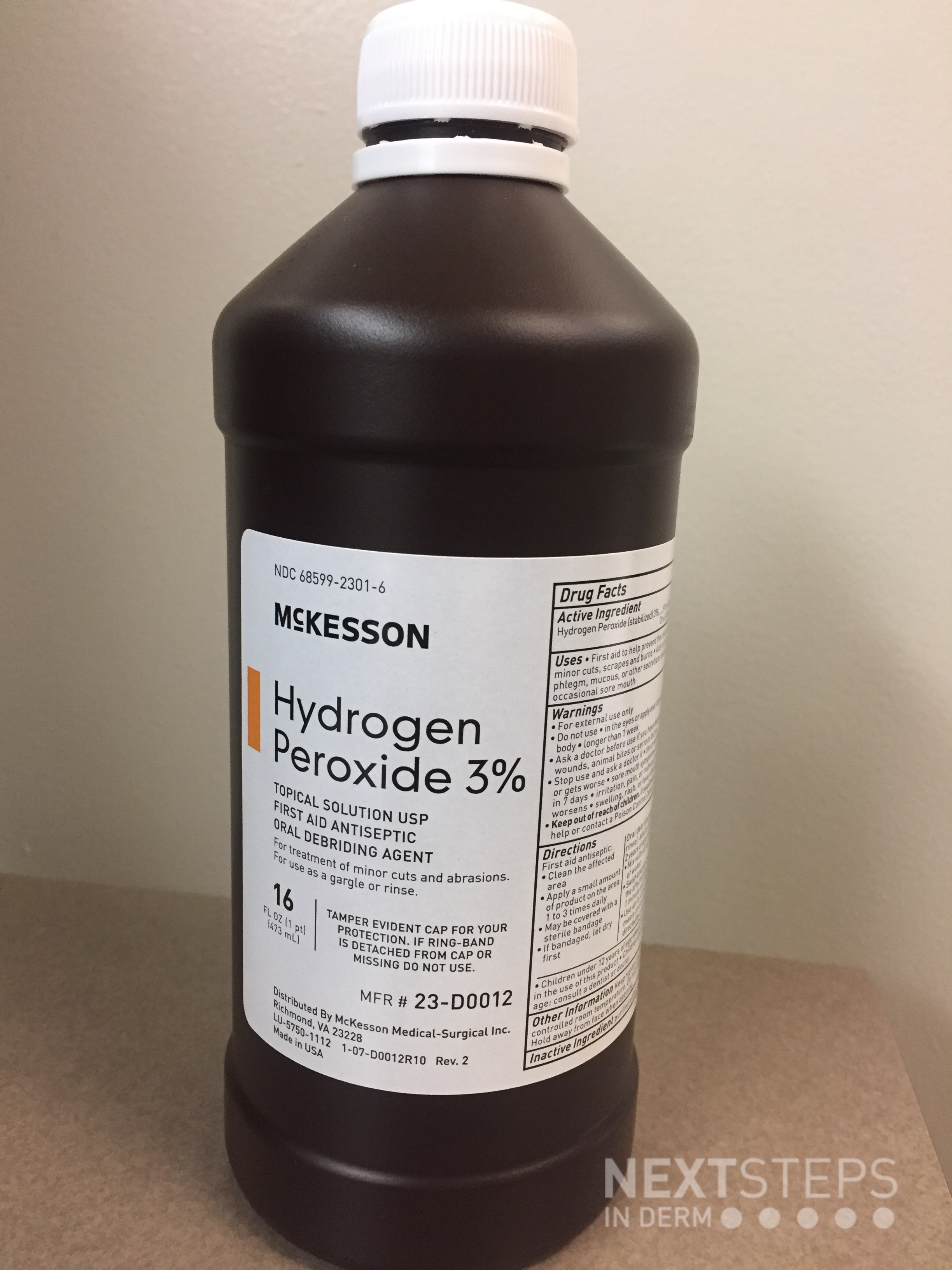



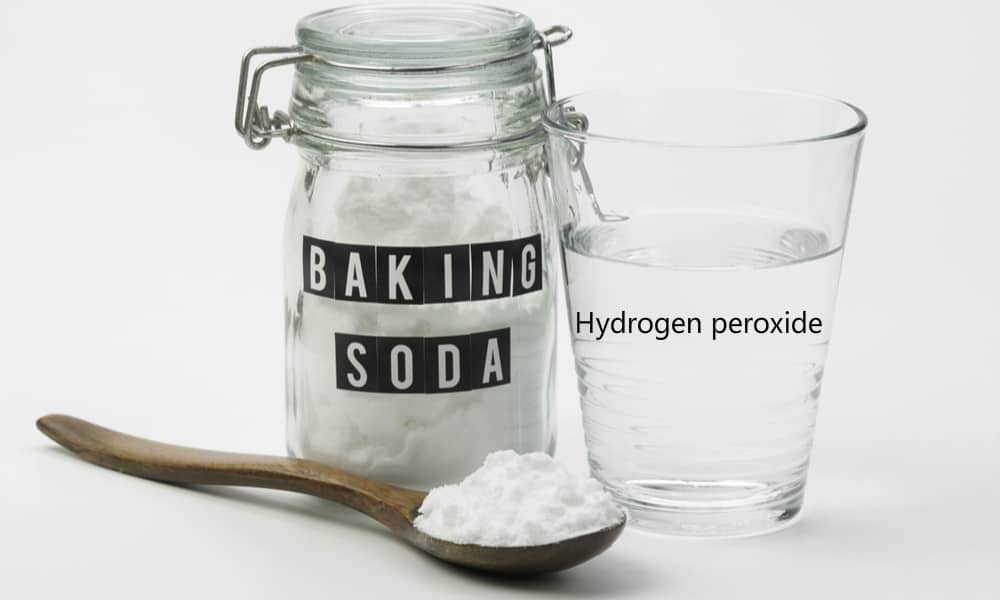
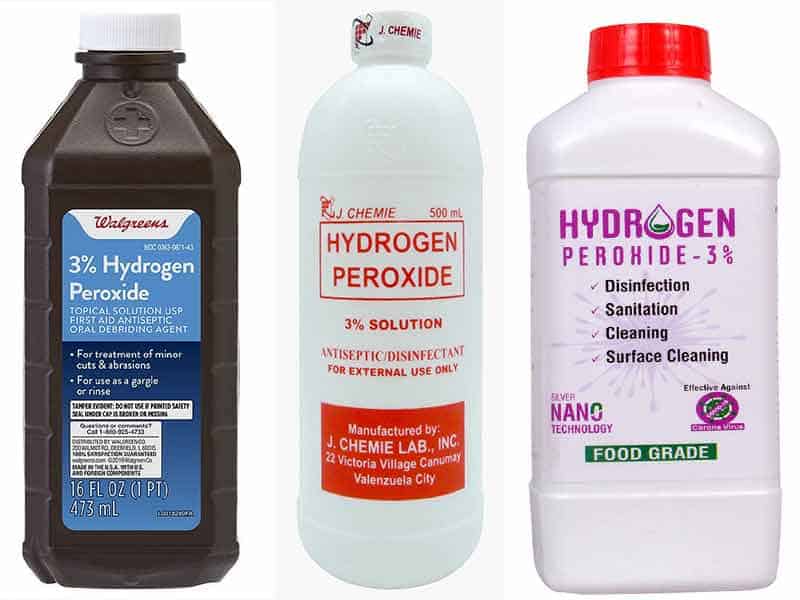



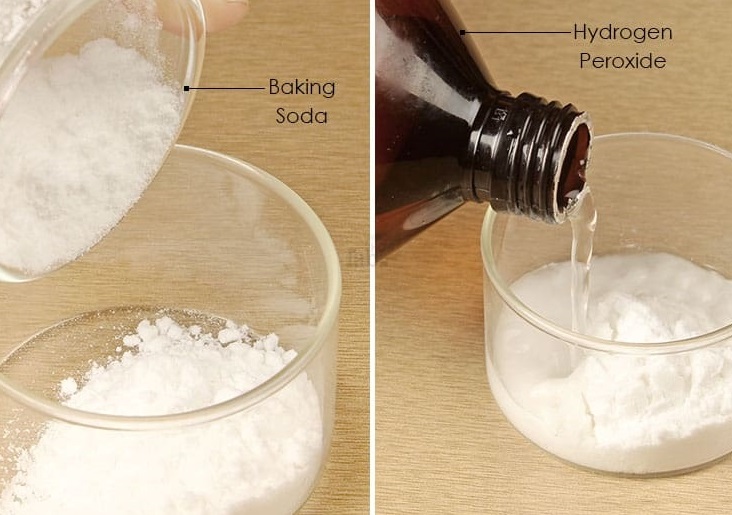


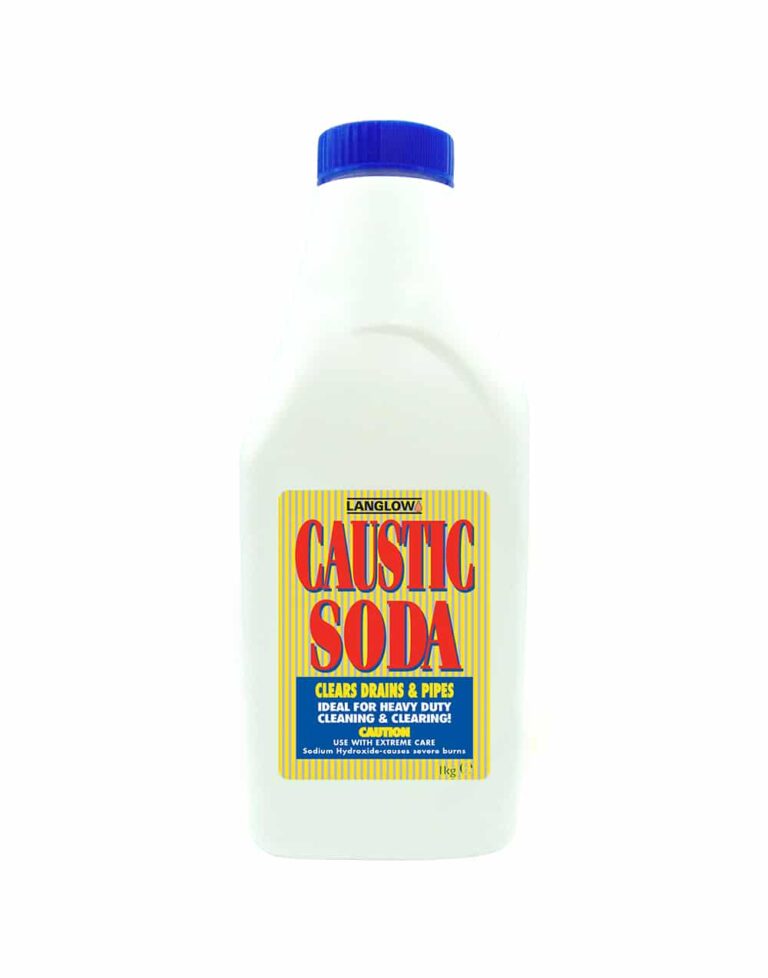


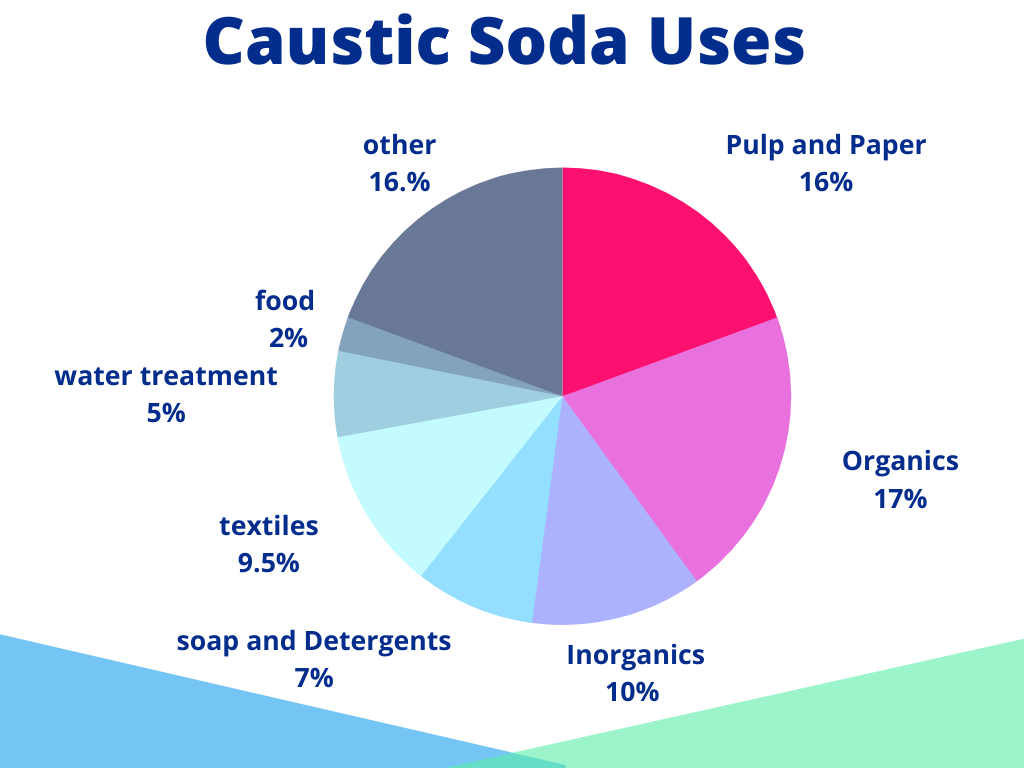


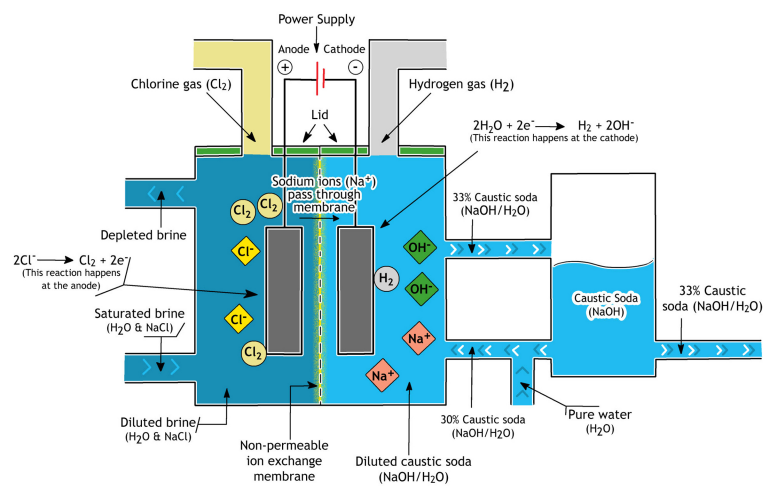


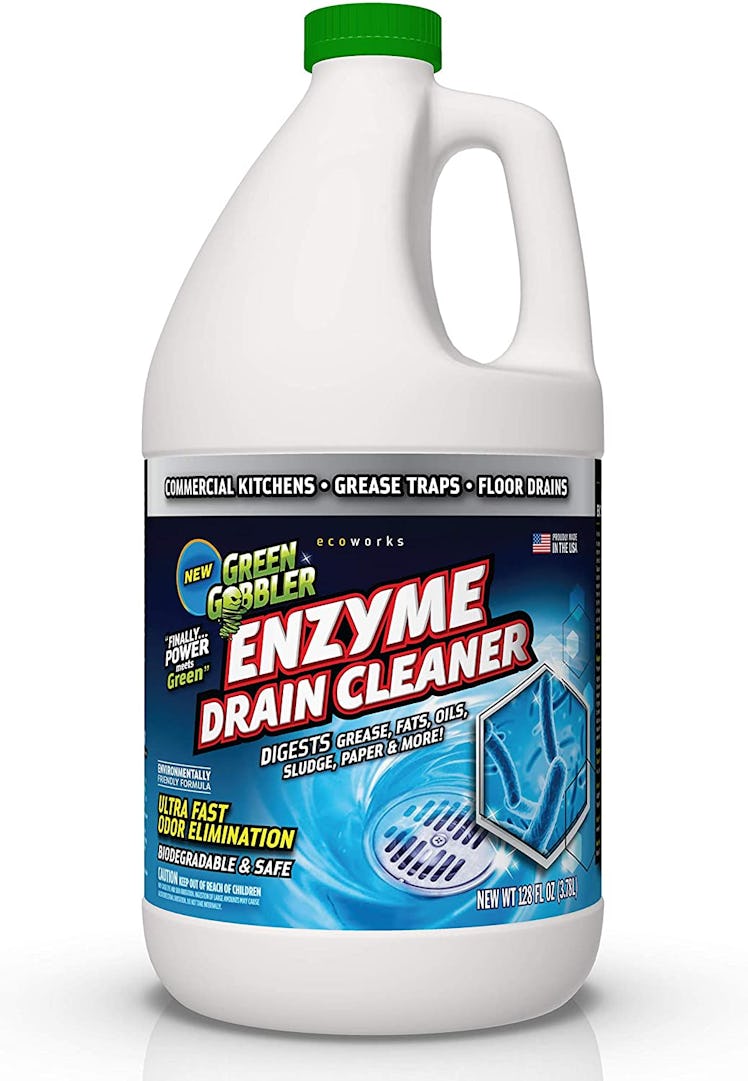

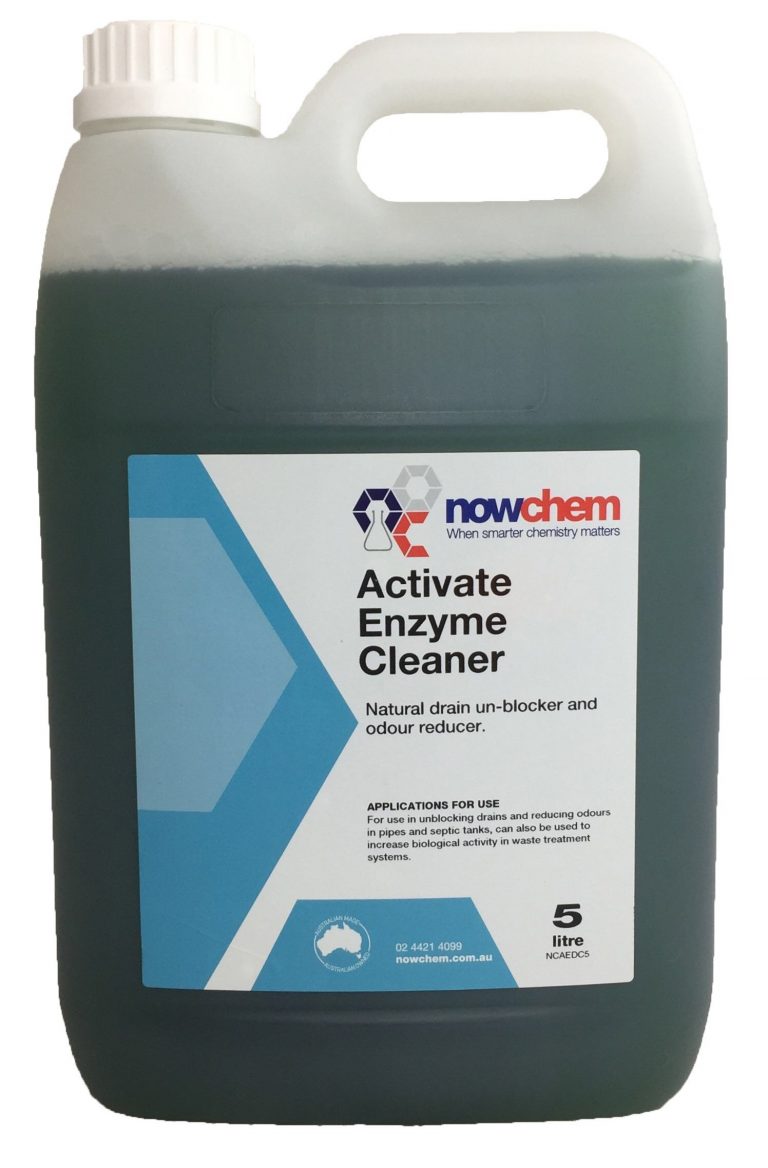


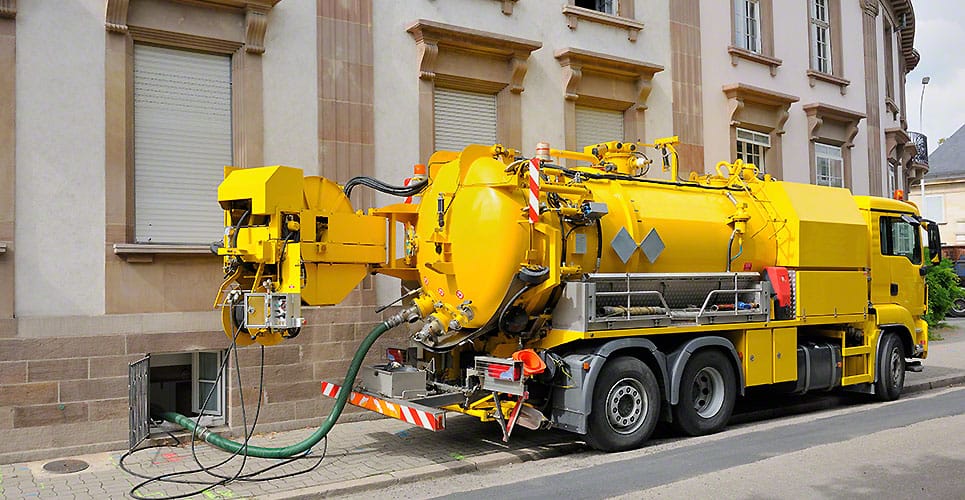

/GreenGobblerRefresh32oz-5bc63b0d4cedfd00266e4611.jpg)

